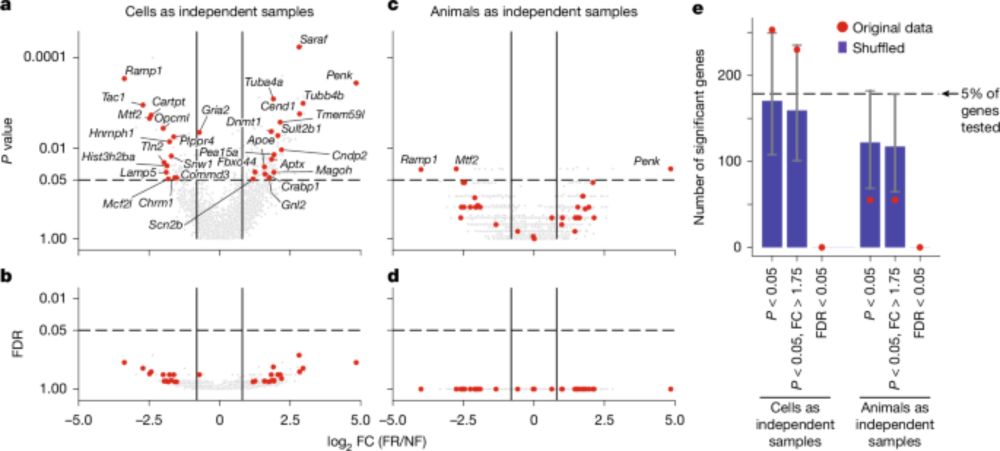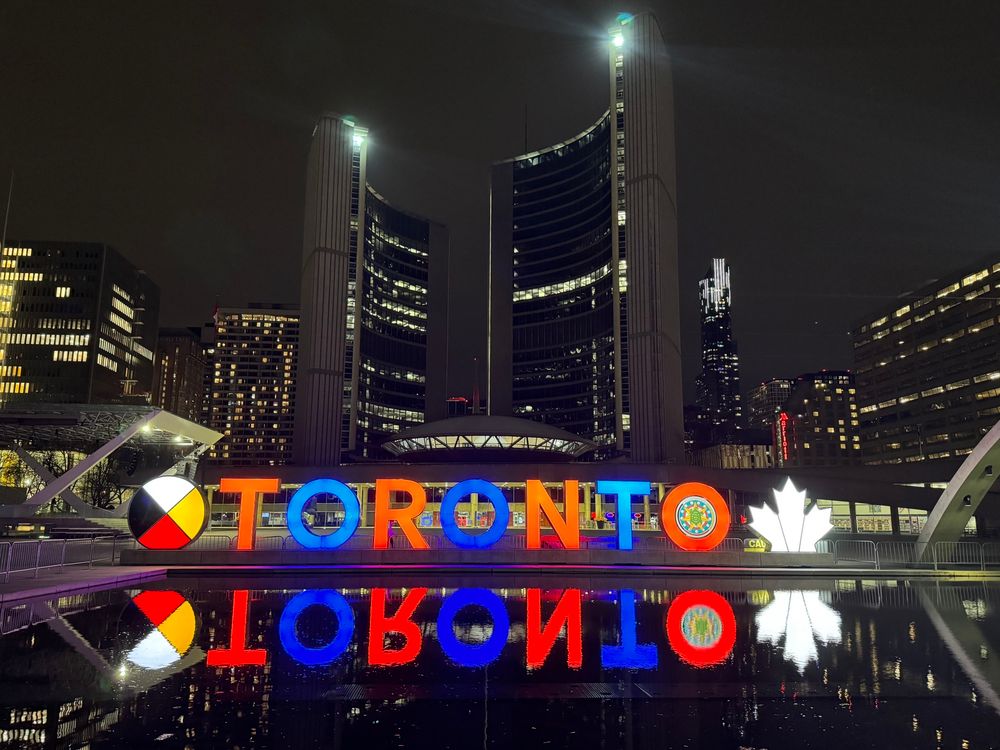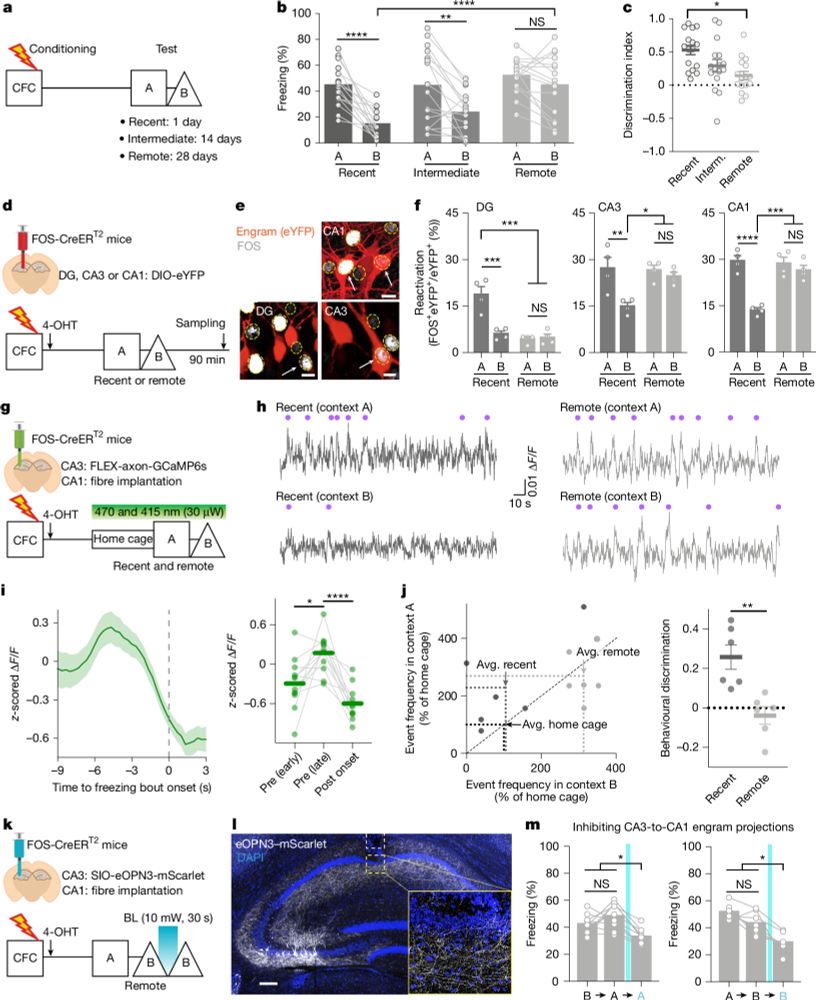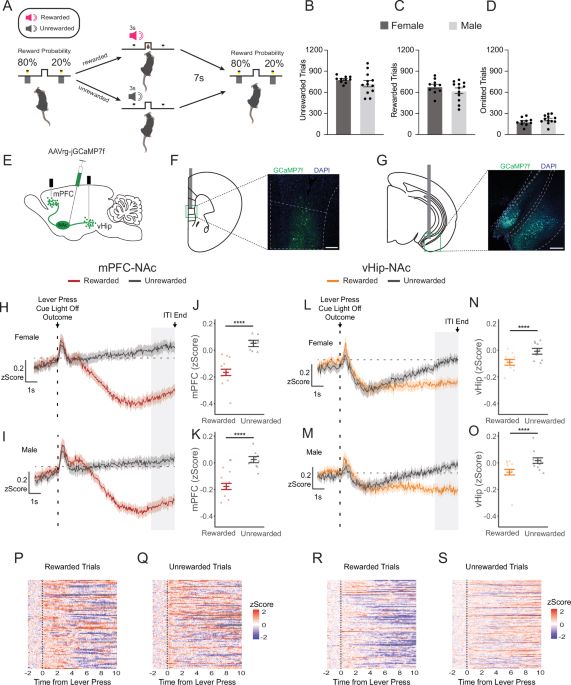We show how CRH in the thalamic reticular nucleus modulates NREM sleep, helping to understand how stress impacts sleep
Congrats to Loredana Cumpana and team, in work led by Simone Astori!
@epfl-brainmind.bsky.social

We show how CRH in the thalamic reticular nucleus modulates NREM sleep, helping to understand how stress impacts sleep
Congrats to Loredana Cumpana and team, in work led by Simone Astori!
@epfl-brainmind.bsky.social
www.nature.com/articles/s41...

www.nature.com/articles/s41...

@yulonglilab.bsky.social @neurovoice.bsky.social @turrigiano.bsky.social and Kerry Ressler #CAN2025

@yulonglilab.bsky.social @neurovoice.bsky.social @turrigiano.bsky.social and Kerry Ressler #CAN2025
rdcu.be/el18q
A short thread follows for those interested.
1/n

rdcu.be/el18q
A short thread follows for those interested.
1/n
@rcbagot.bsky.social
!!
We use longitudinal MRI to show that mice exposed stress undergo sex-specific neuroanatomical reorganization.
www.biorxiv.org/content/10.1...

@rcbagot.bsky.social
!!
We use longitudinal MRI to show that mice exposed stress undergo sex-specific neuroanatomical reorganization.
www.biorxiv.org/content/10.1...
(1/14)
www.nature.com/articles/s41...

(1/14)
www.nature.com/articles/s41...
We used single-nucleus RNA sequencing to measure transcriptional responses in the mouse medial frontal cortex following a single dose of psilocybin. 🍄 🧠 🧬
www.biorxiv.org/content/10.1...

We used single-nucleus RNA sequencing to measure transcriptional responses in the mouse medial frontal cortex following a single dose of psilocybin. 🍄 🧠 🧬
www.biorxiv.org/content/10.1...
www.biorxiv.org/content/10.1...

www.biorxiv.org/content/10.1...

